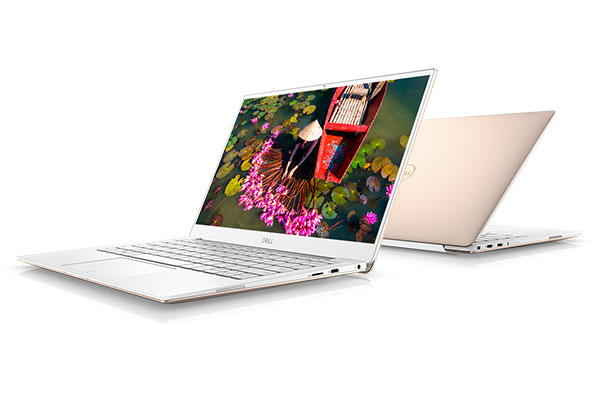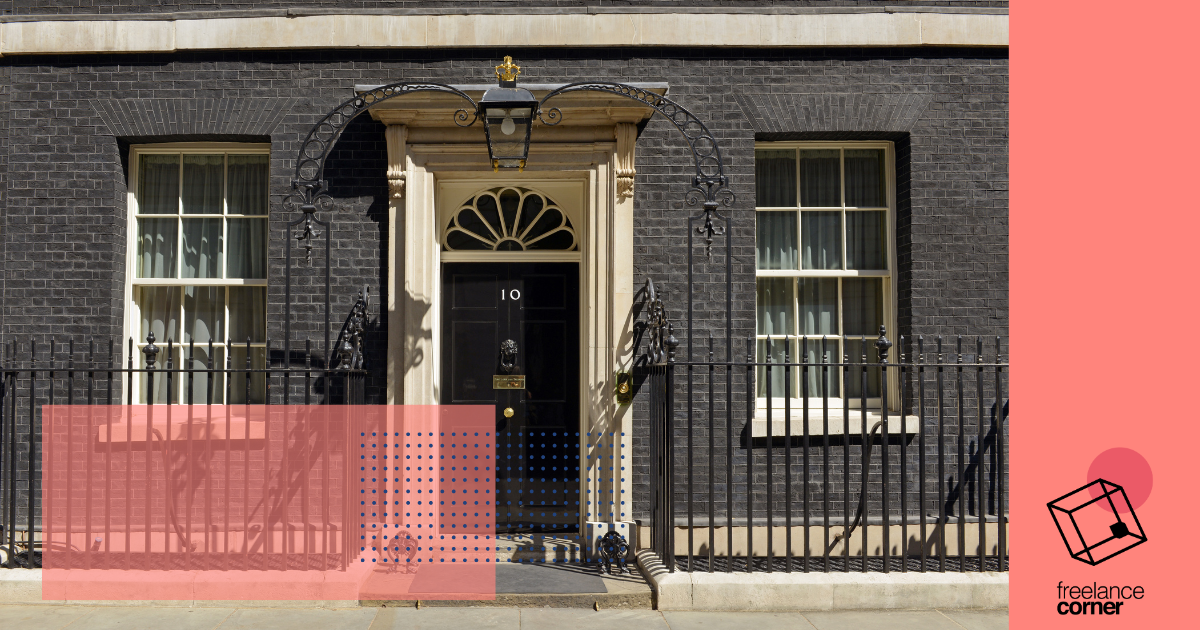XPS is Dell’s high-end product line designed for home usage.
Purchase any of the XPS range and you will not be disappointed, but beware, the price is not for the faint-hearted. We tested the new Dell XPS 13 9370. The starting price for the base model comes in at £1,218.90, but if you are feeling adventurous and want the very best XPS has to offer on a crisp 4K screen, the XPS can set you back an eye-watering £1,618.99. We tested the top spec non-4K configuration and it was love at first sight.
The Specs
The model we tested will impress even the most demanding user, with its eighth generation Intel Core i7-8550U (8MB Cache, up to 4.0 GHz), 16GB LPDDR3 2133MHz and a rapid 512GB PCIe SSD. This laptop easily handled everything we could throw at it and it felt like the surface of its potential hadn’t even been scratched.
The first thing you notice when you get your hands on this laptop is the size – its tiny! Dell has gone to great lengths to keep this XPS as small as possible. Thanks to the incredibly small body, this laptop is unsurprisingly very light, weighing in at a minuscule 1.21kg.
This XPS offers up a 13.3” FHD (1920 × 1080) Infinity Edge display. Dell XPS have taken a step closer to the type of display we are now accustomed to on our smartphones and to meet consumer demands for very little or no bezel – a complete edge-to-edge display.
The display is a pleasure to look at: the colours are vibrant, and the lines are sharp and prolonged usage does not put a great strain on your eyes. There is also the option to upgrade to a 13.3” UHD 4K display – for an extra £100.

To accommodate the Infinity Edge display, Dell has had to move the built-in webcam to below the screen, which is not a flattering angle, but a small price to pay for the XPS’s Infinity Edge display.
The keyboard is compact yet still feels like you have room to move and the subtle back lighting offers a warming glow. The trackpad is also very easy to use, accurate and stylish, despite no physical left and right buttons. I found myself not wanting to use a mouse while using this laptop – a comment I can’t make very often.
Dell has embraced the future with the XPS 9370 and have opted for 3 USB-C ports (one of which is for the power charger), ditching the old USB 3. One thing that is noticeably lacking in the port department is an HDMI port. This is a let-down for people wishing to use a second screen or connect to a TV. Although, there are adapters that can facilitate your multi-screen needs.
Dell has impressed with the XPS’s storage: the 9370 comes as standard with a 512GB PCIe SSD for the i7 configurations and a 256GB PCIe SSD for the i5 configurations. The difference between the XPS’ PCIe drive and the standard SSDs used in Dell’s Latitude range is considerable and definitely worth the extra investment for anyone who is tired of waiting for their files to transfer.
How does it look?
On to the body of the XPS, the outside is a thin yet sturdy machined aluminium that feels like it could take a few serious knocks before there would be any visible sign of damage. The same, however, cannot be said for the inside.
Inside, you will find that Dell has gone for carbon fibre palm (more than likely in the effort of making the 9370 lighter), the touch feels slightly plasticky and there is a slight flex when pushed on.
Dell offers the 9370 in two different colours, platinum silver shell with a black carbon fibre palm reset or a rose gold shell with a white woven glass fibre palm rest.
Four stars
Overall, the Dell XPS 13 9370 is a superb laptop and a joy to use and has earned a solid four stars. Ideally, we would have liked a dedicated HDMI port and a less ‘plasticky’ feeling palm rest, but the pros outweigh the minor cons of this laptop – that is, however, if you have budget for this laptop.






